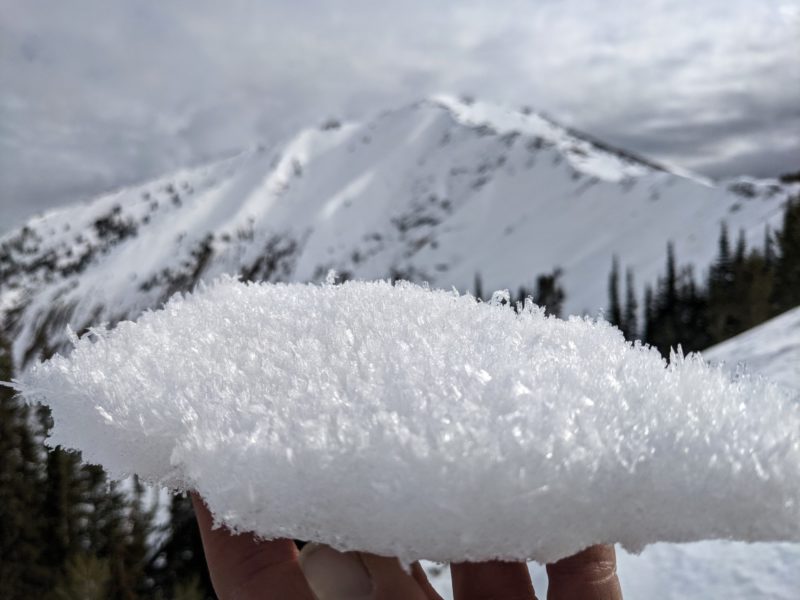Basic Information
Observation Details
Observation Date:
October 31, 2021Submitted:
November 1, 2021Observer:
SAC - VandenBos (off duty)Zone or Region:
Galena Summit and Eastern MtnsLocation:
Grays Peak (6,800-10,500')Signs of Unstable Snow
Recent Avalanches?
None ObservedCracking?
None ExperiencedCollapsing?
None ExperiencedSnow Stability
Stability Rating:
Very GoodConfidence in Rating:
ModerateStability Trend:
SteadyBottom Line
On aspects that get appreciable amounts of direct sunshine (roughly ENE-S-WNW) and on lower elevation slopes still holding snow, the combination of warm ambient temperatures and sunshine are helping the snowpack consolidate into an icy, boot-supportable mash (when frozen). As one wraps around onto upper elevation slopes that don't see direct sunshine the ambient temperatures have built a crust on the surface of the snow but there is still dry, unconsolidated snow underneath. I only found this crust to be absent above ~9,800' on slopes that face due north. Diurnal temperature fluctuations are faceting the surface in many locations, but warm temperatures are helping to resorb these facets back into the crust during the warm days. The exception to this would be on upper elevation slopes that face almost due north. I also found some isolated pockets of SH up high, but this seemed like a pretty localized issue (see attached photo). On the whole, I'm encouraged by what I've been seeing (from a long-term stability standpoint) but we still have a whole lot of fall left to get through.
Media/Attachments


